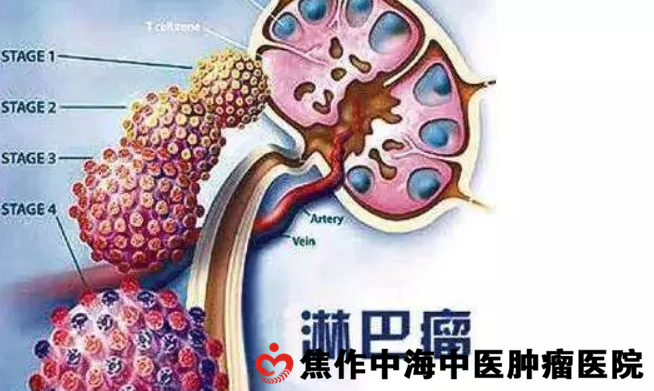
September 09, 2023
1. Stages.
In the case of detailed understanding of medical history, physical examination, serological examination, imaging examination, bone marrow puncture and histopathological examination, clinical staging was carried out. Using the staging established by the Rye meeting in 1965, HL was revised at the AnnArbor meeting in 1971, which was divided into four stages, and each stage was divided into An and B groups according to the presence or absence of systemic symptoms. This staging has been widely used by clinicians for more than 20 years. Practice has proved that this classification is simple and practical, and can guide the formulation of treatment plans and predict the prognosis. Because there is no other staging in NHL, although this staging is also used, it is not satisfactory in use because of the great differences in biological behavior of different malignant degrees in different stages.
The clinical stage set by the Ann Arbor conference (1971) stage I invaded a lymph node area (I), or a single extranodal organ or site (1e). Stage I was located on one side of the diaphragm, invading 2 or more lymph node areas (I), or limited invasion of extranodal organs or sites (IE).

2. The treatment principle of NHL.
Because NHL is more complex than HL, there is no satisfactory classification method so far, and NHL has the biological behavior of jumping sexual invasion and more extranodal invasion, which brings difficulties to the treatment, and the curative effect is not as good as HL. However, in recent years, especially for moderately and highly malignant NHL, the cure rate has been greatly improved by adhering to the principle of chemotherapy. The treatment principle of NHL varies according to different subtypes. Low-grade malignant patients do not pay attention to the patient because of the slow progress of the disease, and most of them are late. According to statistics, Gong and IV account for about 80%. The survival time is calculated as "years", and the median survival time is 6 ~ 8 years. The CR rate of this type of cases can reach more than 80%, regardless of single-therapy and integrated therapy, but most of them relapse except a few are cured. It is a lymphoma that can be transformed into a more malignant subtype, that is, from the follicular type to the diffuse type, which is the main cause of death; in addition, there are a small number of patients with natural regression, which can be partial or total, but reappear after a period of time. In short, through clinical practice, most of the patients with low-grade malignant lymphoma should not be too active in treatment, and should be closely observed according to their different conditions. there are different ways, such as temporary non-treatment, single chemotherapeutic drug treatment, mild combined chemotherapy, slightly stronger combined chemotherapy, radiotherapy plus radiotherapy combined with radiotherapy, biological response regulator therapy and so on, in order to avoid premature and excessive damage to the body. The incidence of this type of lymphoma is low in China, accounting for only about 5% of NHL, while the incidence in western countries is about 45%. Moderate malignant lymphoma is more common, accounting for about 60% of the total NHL, mostly derived from B cells. Its survival time is calculated in "months". Its clinical manifestation is progressive and has a highly malignant trend, as reported by Nissen et al. (1983). The median survival time of this type of lymphoma is 1 year, while the median survival time of highly malignant lymphoma is 0.9 years, the difference is not significant. The treatment principle for moderate malignant lymphoma is active treatment, and the cure rate is about 60%. Highly malignant lymphoma is characterized by short course of disease and rapid progression, which is often spread in the process of diagnosis, so it is difficult to stage strictly, so the survival time is calculated as "week", and the median survival time is about one year. This type of lymphoma is very sensitive to chemotherapy, and the tumor shrinks rapidly after medication, but it is often difficult to control the short-term recurrence after the tumor disappears, so the prognosis is very poor, and the treatment principle needs active and intensive treatment. Even in the initial treatment, they choose high-dose chemotherapy with or without radiotherapy supported by bone marrow transplantation or hematopoietic stem cell transplantation, in order to increase the current cure rate by 30%.